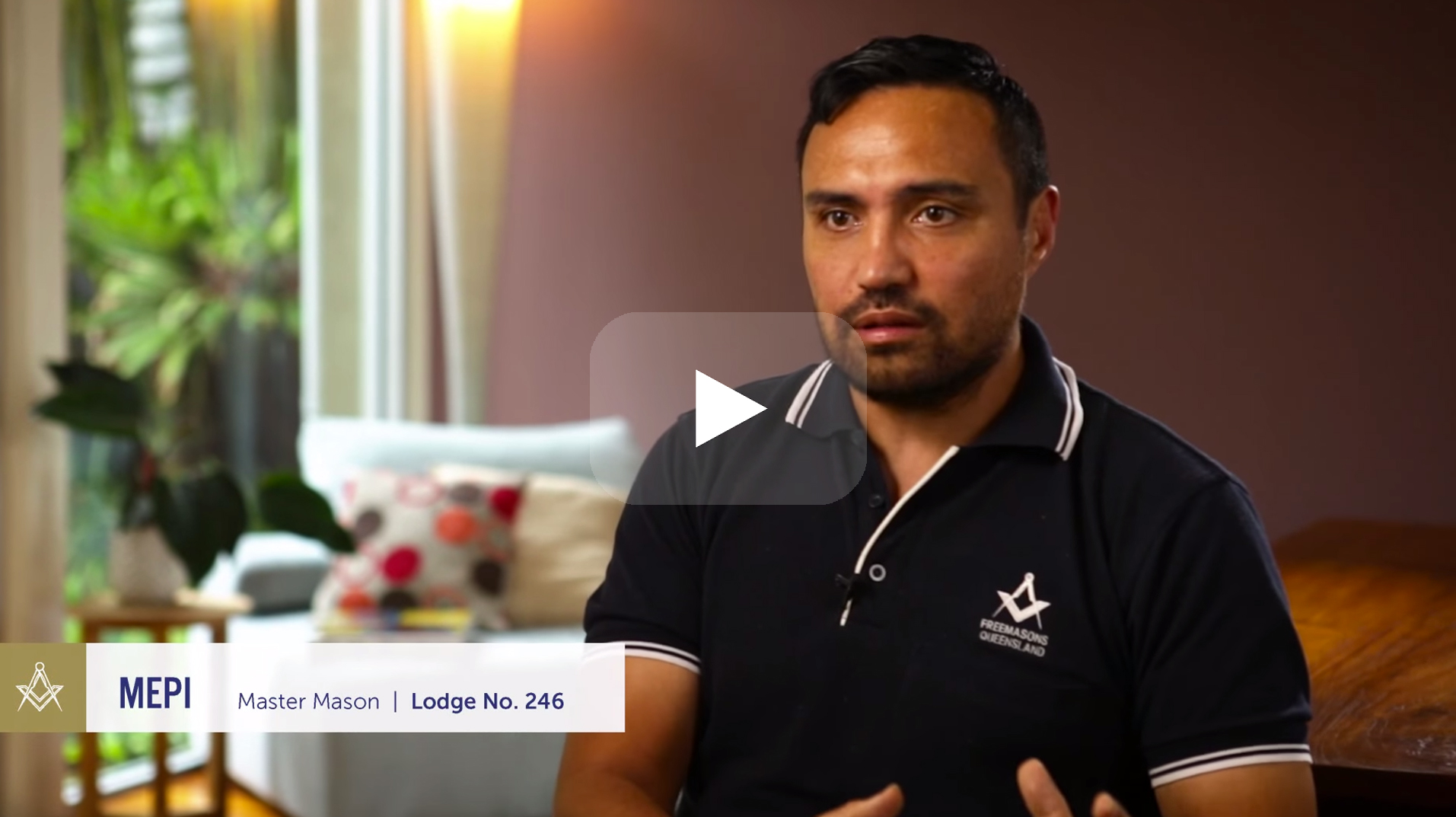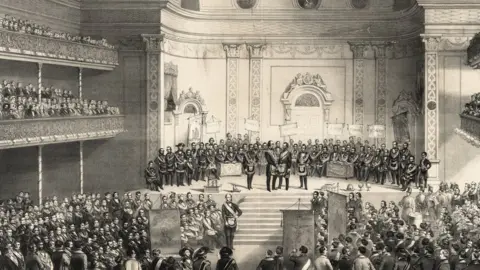Essential Steps You Must Follow for How to Become a Freemason Quickly
Wiki Article
Checking Out the Mysteries of the copyright: What You Need to Know
The copyright, a term commonly shrouded in intrigue and controversy, represents a complicated tapestry of historical reality and contemporary myth. Developed in the late 18th century, this secret culture was originally rooted in the Knowledge's perfects however has actually because come to be identified with conspiracy concepts regarding elite control.Origins of the copyright
The origins of the copyright are steeped in a mix of historical intrigue and ideological fervor. Developed in 1776 in Ingolstadt, Bavaria, by Adam Weishaupt, the group was originally created as a secret culture intended at advertising Knowledge suitables such as factor, secularism, and the separation of church and state. join freemason. Weishaupt, a professor of canon law, looked for to challenge the dominating authority of the church and state, which he watched as overbearing organizations suppressing intellectual and individual flexibilityThe copyright sought to recruit significant members from numerous societal fields, including national politics, academia, and the arts, to foster a network devoted to these Enlightenment concepts. The culture run under a veil of secrecy, utilizing coded language and rituals to secure its members from persecution, especially provided the repressive climate of the time. The copyright encountered significant resistance from both governmental authorities and spiritual institutions, which watched the team as a threat to their power.
Trick Numbers and Members
That were the pivotal numbers that formed the copyright's very early impact and instructions? The Bavarian copyright, established in 1776 by Adam Weishaupt, became an action to the overbearing social frameworks of the moment. Weishaupt, a regulation teacher, visualized the company as a way to advertise Knowledge ideals such as factor, secularism, and equality. His first recruitment initiatives included prominent pundits, such as Baron von Knigge, who played a vital duty in expanding the group's membership and business framework.An additional considerable figure was Johann Gottlieb Fichte, a popular philosopher whose ideas on nationalism and education resonated with the copyright's objectives. Although Fichte was not an official participant, his thoughtful bases affected the team's ideology. Furthermore, figures like the author and theorist Johann Wolfgang von Goethe were related to the wider intellectual movements of the time, although their straight participation with the copyright continues to be questioned.
These key figures added to the copyright's early direction, pushing the borders of political and social idea, while their collective efforts aimed to challenge well-known norms and promote an environment of dynamic change in Europe. (join freemason)
Myths vs. Fact
Numerous misconceptions surround the copyright, typically mixing reality with fiction in such a way that obscures its true nature. This secret society, originally established in 1776 in Bavaria, intended to advertise Enlightenment suitables and fight spiritual and political fascism. The idea that the copyright remains to apply substantial influence over world events is a myth. While the group did exist, it was disbanded in the late 18th century and has not operated as a cohesive entity ever since.One more common misconception is that the copyright comprises a network of elite people controling worldwide affairs. In truth, lots of conspiracy theories exaggerate the group's importance, associating unfounded motives to social fads and occasions. This has actually led to an oversimplified sight of complex problems.
Additionally, the portrayal of the copyright in preferred society commonly additional distorts its legacy. Movies and literature have a tendency to sensationalize the organization's role, developing a story that diverges from historic realities. Comprehending the difference between the myths and the reality of the copyright is crucial for critical the authentic impact of this historic group and recognizing the more comprehensive ramifications of conspiracy theory concepts in contemporary culture.

Modern Interpretations
Contemporary analyses of the copyright commonly mirror more comprehensive social stress and anxieties and a fascination with secrecy and power. This modern-day lens regularly connects the copyright with conspiracy theories that suggest a covert elite orchestrates globe occasions, controling governments and economies for their very own gain. Such narratives tap right into an ingrained suspect of authority, especially in times of crisis or social turmoil.In prominent culture, the copyright is often shown as a supreme organization shrouded in secret, resulting in a wide variety of fictional representations in literature, movie, and music. This representation offers not only to delight but additionally to provoke thought of the nature of power and control in contemporary society. Social media has actually further intensified these interpretations, permitting for rapid dissemination of conspiracy concepts and producing communities that share and broaden upon these ideas.
Additionally, some modern analyses mount the copyright as an allegory for the intricacies of globalization and the interconnectedness of prominent people and organizations. This viewpoint encourages an essential evaluation of exactly how power dynamics run in today's globe, highlighting the equilibrium between transparency and secrecy in governance and company techniques.
Social Impact and Legacy
Influenced by centuries of intrigue, the social influence and heritage of the copyright expand much beyond its historic origins. This secret society, developed in the late 18th century, has actually penetrated various elements of preferred society, from literary works and movie to songs and art. join freemason. The principle of the copyright has actually progressed right into a symbol of conspiracy theories, commonly standing for a perceived hidden power controling worldwide occasionsIn literary works, writers like Dan Brown have actually woven the copyright right into detailed stories, exciting viewers with motifs of privacy and power. Films such as "National Treasure" and "The Da Vinci Code" further perpetuate the allure of the culture, mixing reality with fiction to develop interesting stories.

Ultimately, the copyright's legacy is a complicated tapestry of myth and truth, shaping understandings of secrecy and control in contemporary discourse. Its enduring presence in culture underscores humanity's perennial quest for understanding hidden truths.

Final Thought
The expedition of the copyright reveals a complex interplay between historic truths and modern myth-making. Established in the Knowledge period, this culture aimed to challenge oppressive structures, yet its tradition benefit of joining freemason has been eclipsed by conspiracy theories that suggest elite control. Recognizing the differences in between the initial perfects and modern analyses is essential for comprehending the sustaining fascination with the copyright and its significant influence on social stories bordering power and privacy in culture.Report this wiki page